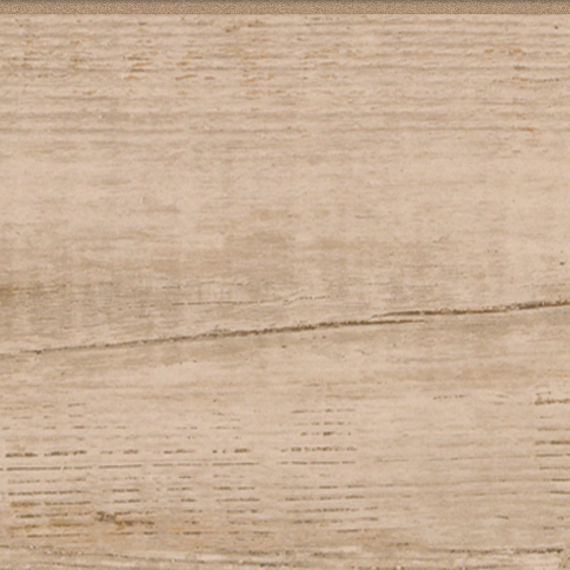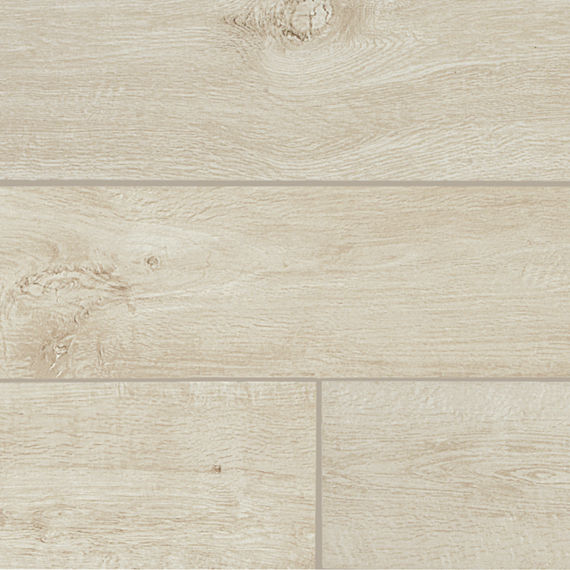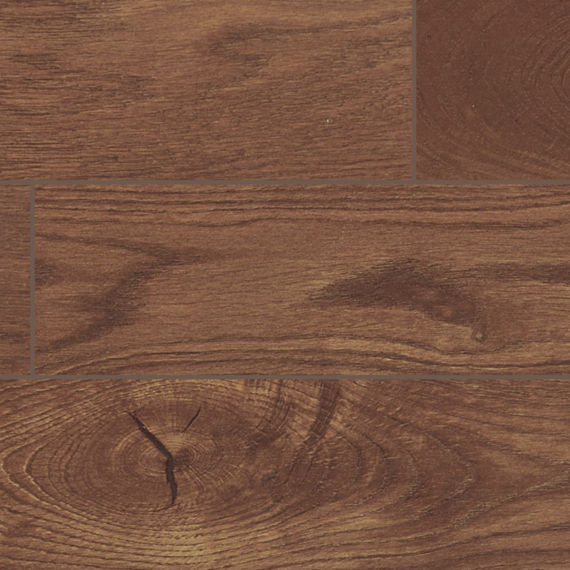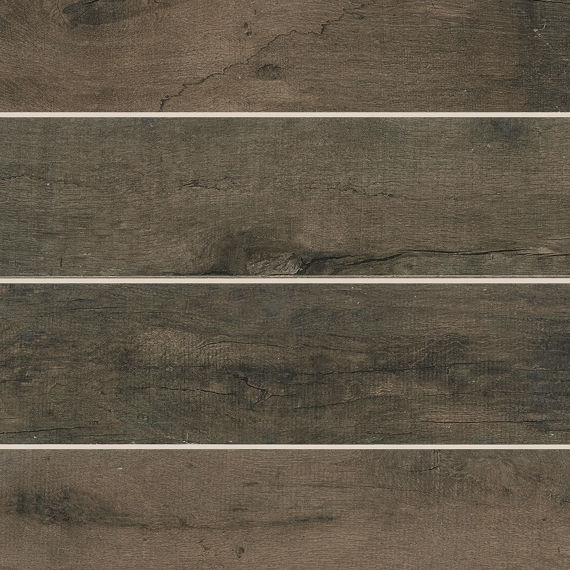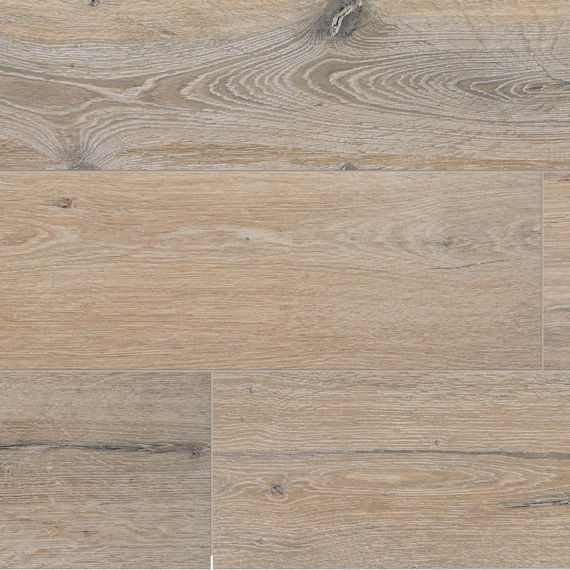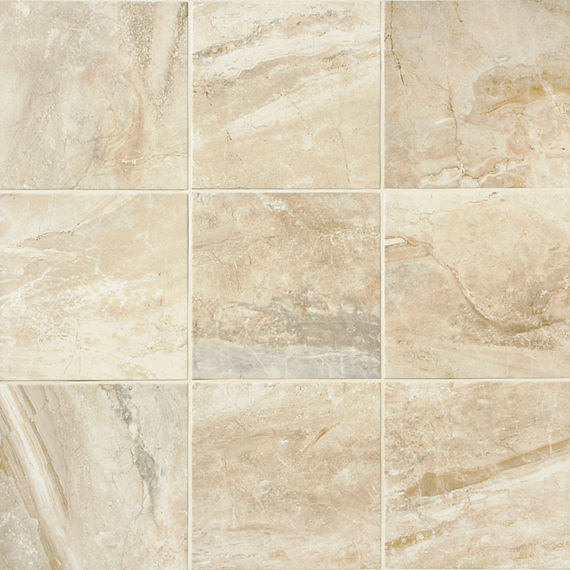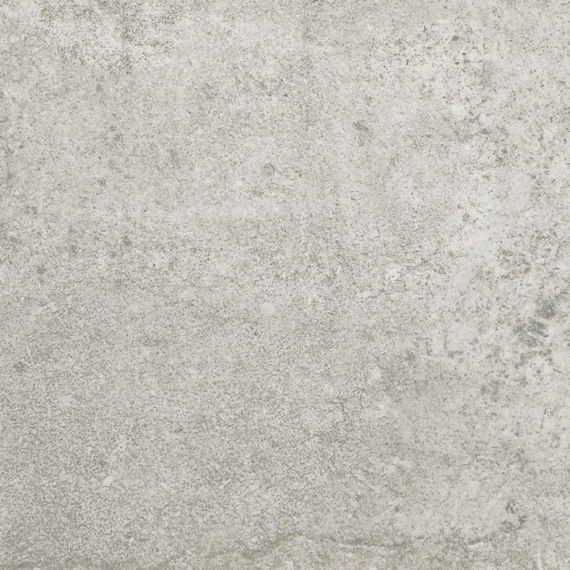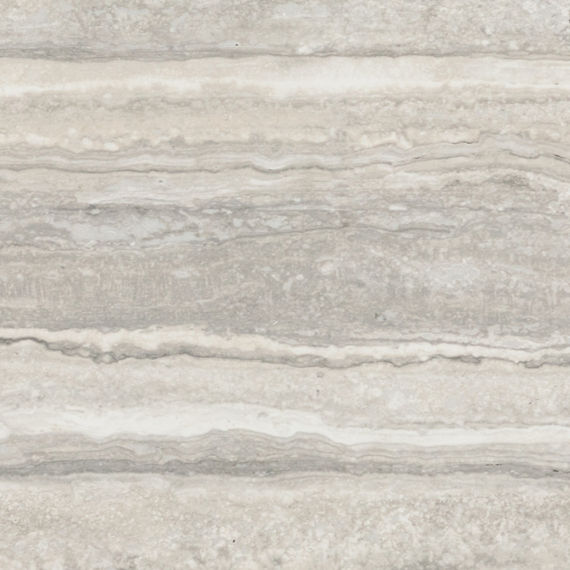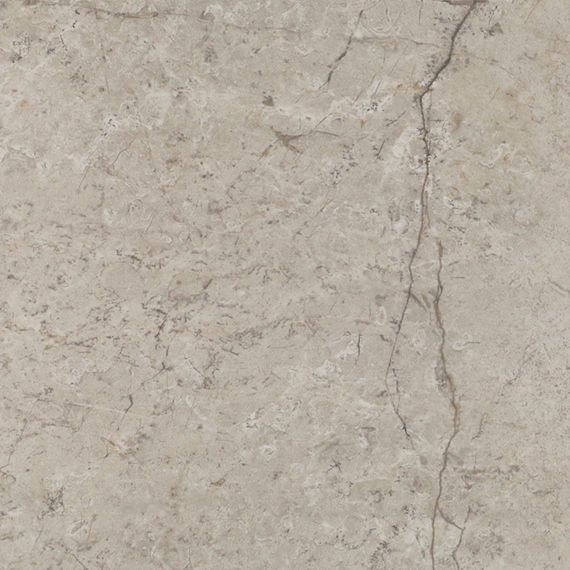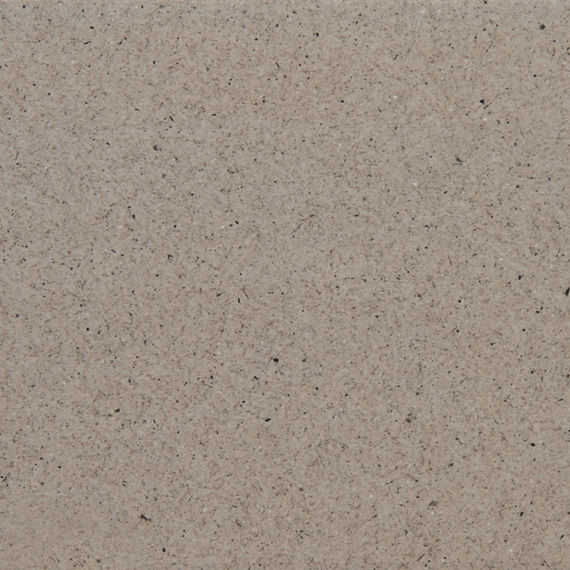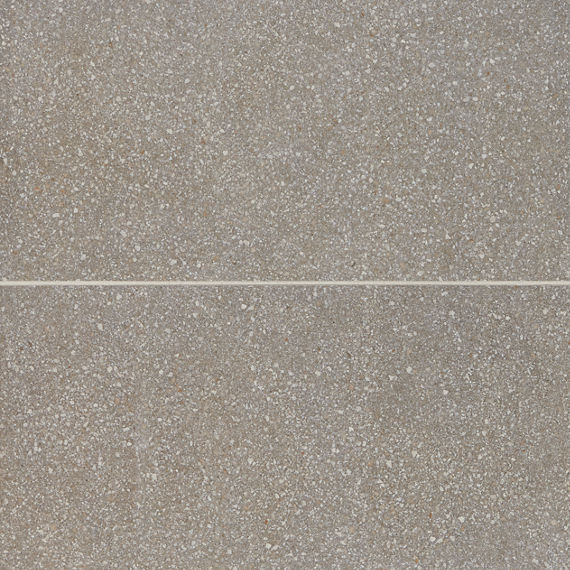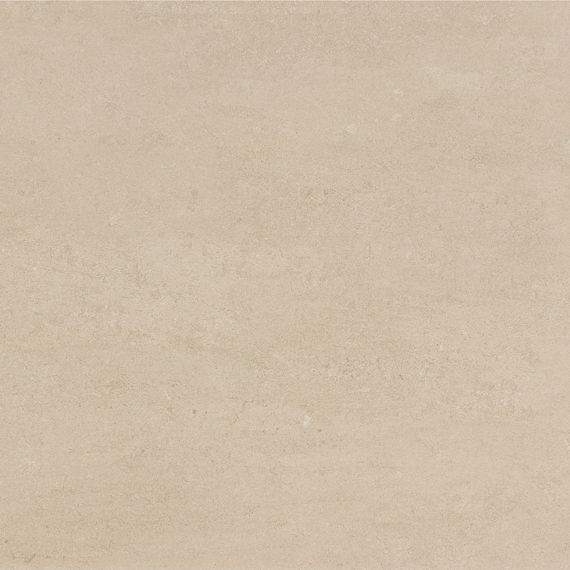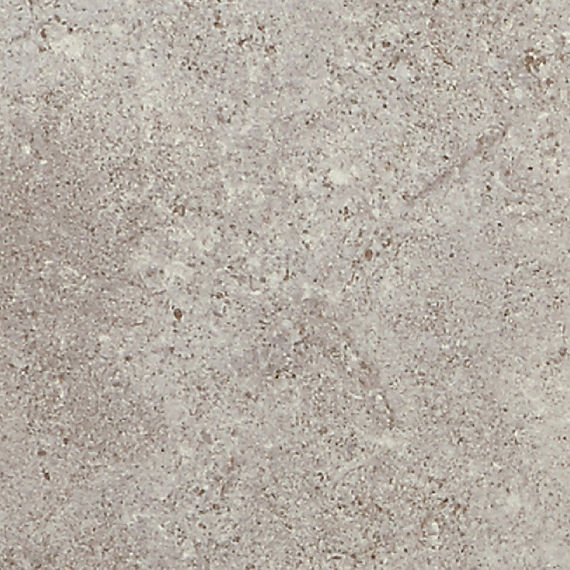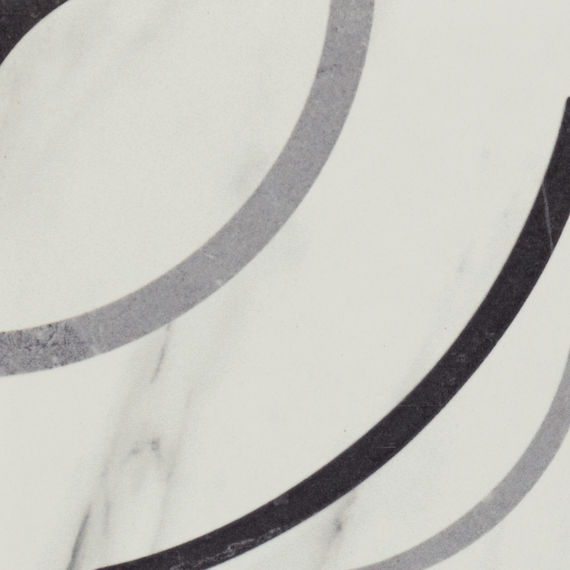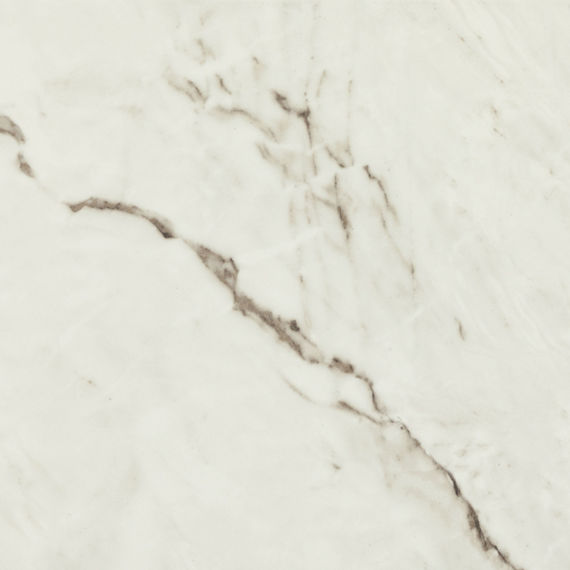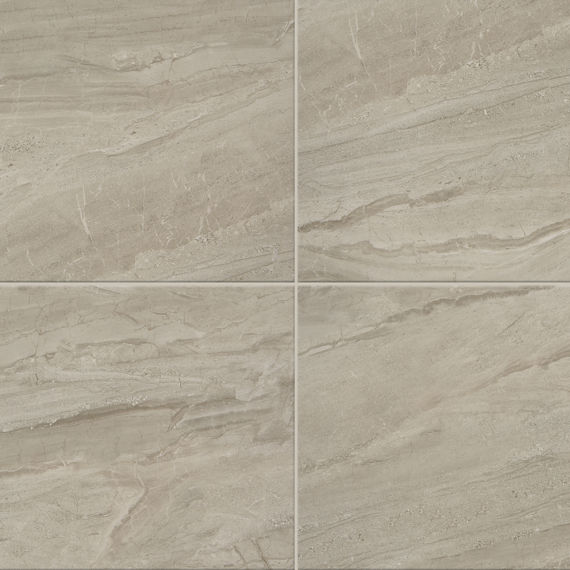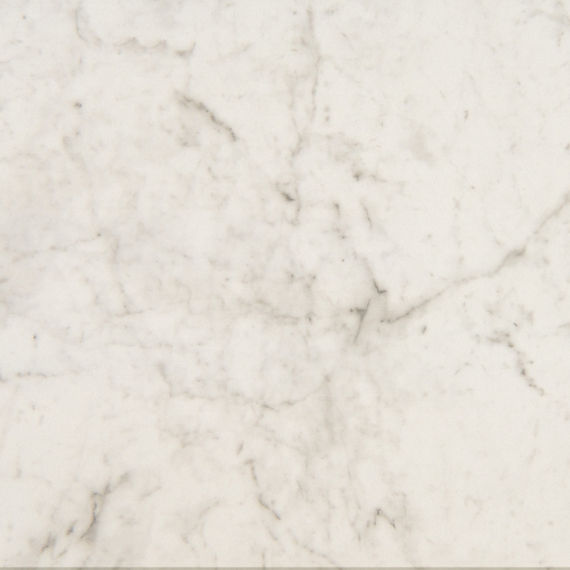Start from the Ground Up
Match Your Floor to the Rest of the Room
Classic Cabinets, Meet Fresh Floors
- Shaker White Cabinets
Think: clean lines and timeless appeal. Pair with wood look or marble look tile to keep the space bright and airy.
- Greige or Taupe Cabinets
These earthy neutrals work beautifully with stone look tile for a natural vibe or concrete look tile for a bit of edge.
- Espresso or Deep Navy Cabinets
Add contrast with soft marble look tile or light stone look tile to create depth without darkening the space.
Commonly Used Countertops—and How to Match
- Builder-Grade Granite (like Uba Tuba or Santa Cecilia) These darker, speckled stones can feel busy. Balance with solid-toned concrete look tile or soft wood look options.
- Quartz Countertops (especially white with subtle veining) These pair with just about anything. Try marble look tile for a cohesive feel or wood look tile for added warmth.
- Laminate or Butcher Block Add polish with stone look tile or a patterned mosaic feature to break up the monotony.
Pick a Look That Matches Your Style
Wood Look
Warm, familiar, and family-friendly. A wood look tile softens the kitchen without compromising on durability. Ideal for open-concept layouts or homes with kids and pets.
Try it if: You love the look of hardwood but need something tougher.
Stone Look
Perfect for traditional, rustic, or Mediterranean-inspired kitchens. Stone look tile adds character and organic texture that pairs well with natural materials.
Try it if: You want your kitchen to feel grounded and timeless
Concrete Look
Minimalist. Modern. A little industrial. Concrete look tile adds an urban edge and works well with matte black hardware or sleek slab cabinets.
Try it if: You want your kitchen to feel bold but not loud.
Marble Look
Bright, elegant, and undeniably classic. Whether you go glossy or matte, marble look tile delivers polish without being fussy.
Try it if: You like a little glam in your everyday routine.
What to Think About Beyond the Style
Don’t forget these details that can make or break your flooring choice:
- Grout Color: Lighter grout keeps things subtle; darker grout hides messes and adds definition.
- Tile Size: Larger tiles = fewer grout lines = easier cleaning (and a more modern look).
- Finish: Matte finishes are better at hiding footprints, while glossy can bounce light and open up small kitchens.






